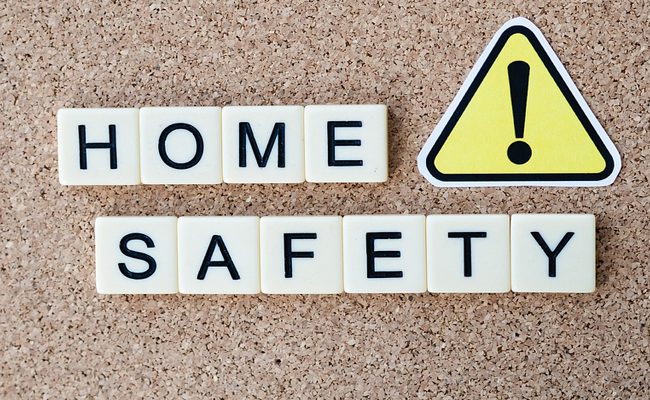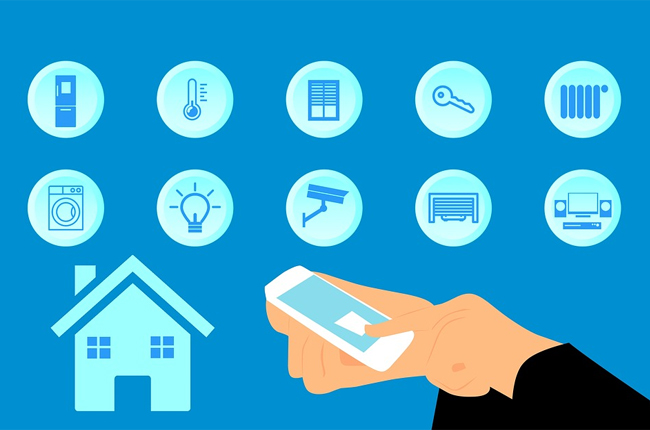
According to the Federal Bureau of Investigation (FBI) for every 36 houses, they expect at least one break-in. Also, there are about 2.5 million burglaries annually across the different states. However, the number of reported break-ins has decreased over the last couple of decades.
Most burglaries occur when the homeowner is away, this is because experienced buglers avoid confrontation. The buglers may be professionals, but scared people are often unpredictable. A simple break-in and robbery can easily turn into a homicide.
Home break-ins come accompanied by several types of losses. Apart from the financial loss incurred, burglaries can cause emotional distress. Some of the common reactions include guilt, mistrust, anger, and fear. The impact of the distress is often insomnia, Post Traumatic Stress Disorder (PTSD), and even depression.
To avoid the losses associated with home burglaries, you should beef up your home security. There are multiple ways and practices you can adopt to safeguard your home against burglary. Some of the practices you can adopt include:
1. Securing Your Doors
Locking your doors is nearly not enough to protect your home from a burglary. You must reinforce all the doors in your house. There are several ways to ensure your doors protect your home which include:
- Using locks with thick shrouded lock shackles – These types of locks reduce the amount of space available for bolt cutters.
- Use tamper-proof security hinges for all your doors.
- Make your deadbolt pick proof – You can use deadbolt protection devices that keep the lock from turning.
- Use stick-in door tracks for all your sliding doors like patio doors.
- Use smart door locks with multiple authentication processes.
- Use multiple locking mechanisms.
You have to ensure your doors are impenetrable if there is a break-in attempt. By securing your doors, you automatically deter burglars because they need to make a quick break in. A smart lock will eliminate the need to store a spare key for friends and family. You can give them a one-time access code for each visit.
2. Secure Your Home Network
Your home Wi-Fi network can be a liability. Sharing Wi-Fi networks with neighbors is often seen as harmless, and in most instances, it is. Unlike on public networks, where you are always vigilant with your activities and the data you share, most people do not safeguard their home network.
Cybercriminals can tap data packets emanating from your home network. The data they may get include your mobile banking history, home address, online purchases, and card details among other sensitive information. Burglars can access your home surveillance system through your Wi-Fi network.
You should protect your network using a viable residential proxy. A residential proxy will encrypt your data, keep your browsing anonymous, and offer faster browsing. As a bonus, you can even get access to geo-locked data while using a residential proxy.
3. Get a Safe for Your Valuables
It is advisable to get a safe for your valuables. Petty theft is common during social events when your home is open to multiple groups of people.
Therefore, on such occasions, safes are great to secure your expensive items, rather than leave them lying around. A safe may also protect your valuables in case of a fire or break-in.
4. Secure Your Windows
Windows are among the easiest points of entry for burglars. Similar to doors, you should reinforce your window security. Some practices to adopt include:
- Using reinforced glass windows
- Adding window bars
- Using plants and bushes to restrict access to first-floor windows
- Installing glass break and window sensors
Ensure that your window latches work. Develop a habit of locking all your windows when leaving the house and in the evening.
5. Install Motion Detection Lights
Invest in motion-activated lights for your home. Since the lights are motion-activated, you will save a few dollars on your electricity bill. Motion-activated lights are great for deterring burglars by scaring them.
Imagine the shock burglars get when the lights suddenly come on, and there is nowhere to hide. You can also save on your electric bill by using solar panels to power your security lights. Make sure you install a backup channel for your lights. Connect your floodlights to your main sources, in case the solar panels fail.
6. Install a Camera System

You should install a surveillance system around your house. The purpose of the surveillance system is to deter burglars and eliminate blind spots. A camera system will ensure you have an eye on all the activities in your compound and even your neighbors.
Make sure you check the camera log data regularly. It may aid in identifying any burglars that may be lurking around your neighborhood, scouting for their next score. Your camera system can also help you identify strangers and marketers at your door and avoid them.
7. Get Your Neighbors to Help
Since burglars prefer to avoid contact with homeowners, they schedule break-ins when you are away. Signs of an unoccupied house include piled-up mail, overgrown lawns, and low activity draw them in. When you are away on vacation, you should inform your neighbors.
You can ask your neighbors to pick up your mail, schedule your lawn to get mowed and keep an eye out for your house. If you have an automated smart home, you should keep the lighting schedule active. Find ways to make it look like you are home.
8. Get a Guard Dog
Man’s best friend can also be your deterrent against burglars. Guard dogs are a viable option for keeping burglars away from your home. They act as a warning system and burglar deterrents since most guard dogs are intimidating.
Conclusion
After making your home secure, it is advisable to test your security systems. You can hire a professional to do this, or you can contact the police to come to perform an inspection. Testing your system will help bring vulnerabilities to your attention.
It is advisable to keep your travel details private whenever you travel. Most of the time, we unknowingly share sensitive information on social media. Know what to keep out of your social media.
Leave a Reply